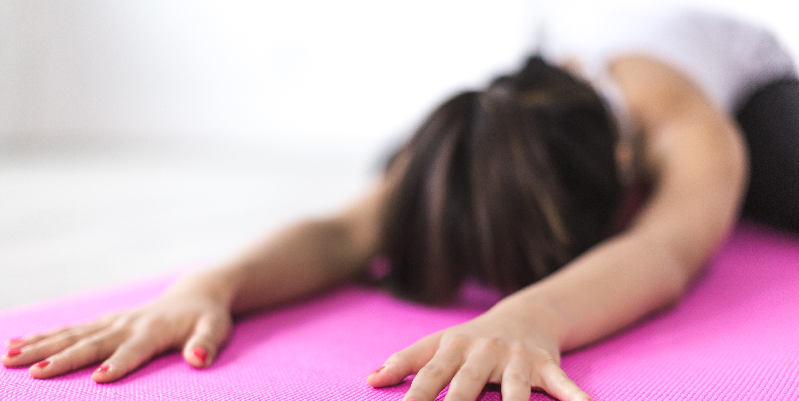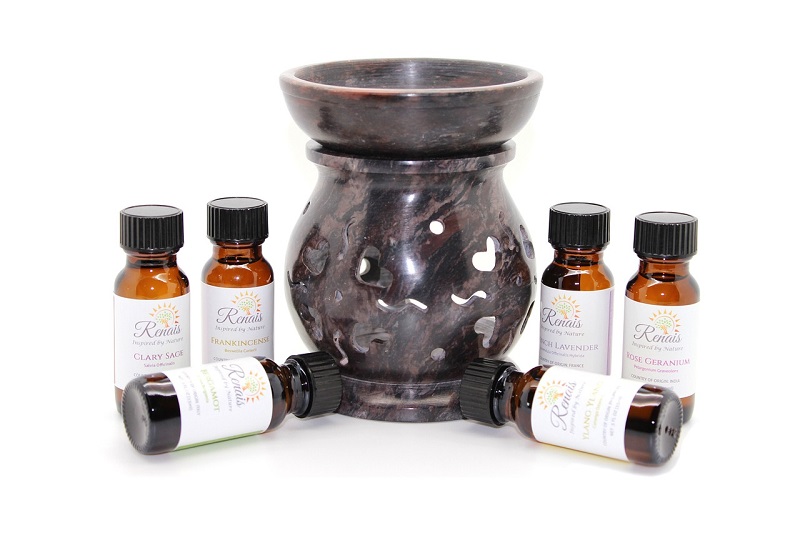Muscular dystrophy is a group genetic disorders that cause a variety of symptoms. For example, early signs of muscular dystrophy include enlargement of the calf and deltoid muscles, as well as reduced endurance and problems with standing normally. Other symptoms include skeletal muscle degeneration, skeletal changes, and decreased flexibility. (1) Physical therapies and other exercise regimes as well as various pain management techniques are all part of a muscular dystrophy treatment plan. For more information on the various types of this disorder, as well symptoms and natural treatments, read below.
There are currently 30 types of muscular dystrophy. And out of those 30, nine types are the most common. (2)
The nine most common of muscular dystrophy disease include:
- Duchenne muscular dystrophy, or DMD: This is the most common form, however it generally only develops in young males.
- Becker muscular dystrophy, or BMD: This is a less severe type, and is related to Duchenne. Furthermore, it occurs somewhat later in life in most cases.
- Myotonic muscular dystrophy: This type typically causes symptoms in adults rather than in children.
- Congenital muscular dystrophy
- Limb-Girdle muscular dystrophy
- Facioscapulohumeral muscular dystrophy: This affects muscles of the face as well as upper body.
- Distal muscular dystrophy
- Emery-Dreifuss muscular dystrophy (3)
Duchenne and Becker’s muscular dystrophy will generally cause the following symptoms: (4)
- Early signs of muscular dystrophy include: pseudo hypertrophy, which is enlargement of calf and deltoid muscles in the legs and arms, as well as reduced flexibility. Reduced endurance or stamina, fatigue, instability, postural changes and problems standing normally are also early signs of muscular dystrophy.
- Loss of muscle mass: This is another symptom, which progressively gets worse with age. The legs and hips is where you will likely start to see muscle weakness.
- Weak points in the muscles then spread elsewhere, including to the arms, neck, back and chest. With Duchenne, you will typically see a faster progression of symptoms.
- Many experience progressively worse issues regarding synchronization and flexibility. Frequent falls might occur due to loss of balance and muscle weakness.
- Joint stiffness and pains
- Overtime, fat and fibrotic tissue will replace muscle tissue. Use of a wheelchair may be needed.
- Skeletal deformities, such as a curved spine.
- Diminished range of motion, near-complete loss of motion, and eventually paralysis.
- An increased difficulty breathing
- Emotional issues, such as depression, brain fog, and anxiety
Symptoms of Other Muscular Dystrophy Types:
- Facioscapulohumeral muscle dystrophy: With this type, symptoms affect mostly the upper body and face.
- Distal muscular dystrophy: This type affects the muscles of the extremities, such as the arms, legs, hands, and feet.
- Oculopharyngeal: This kind of muscular dystrophy causes muscles of the face, eyes, neck, and shoulders to weaken. You will see such symptoms as droopy eyelids, as well as difficulty swallowing or controlling the tongue.
- Emery-Dreifuss muscular dystrophy: This causes heart problems and degeneration of muscle tissue. Symptoms usually begin during childhood, usually in males rather than females.
1. Exercise To Help Maintain Muscle Strength

Keeping the muscles strong and flexible is the most important muscular dystrophy treatment method. A sedentary lifestyle can make the disorder worse as well as contribute to complications and emotional stress. Physical therapy may help maintain flexibility and coordination. And you can improve mobility by using a cane, using special shoes or inserts, using strollers, walking assistants, braces, electric scooters, manual or electric wheelchairs. (5)
Furthermore, research shows that exercises such as swimming or water sports, walking, stretching, weight training, cycling, using stretching bands and wheelchair sports can all be helpful. (6) You might try yoga, as well, to improve flexibility.
2. Therapy & Support For Dealing With Emotional Hardship
Mental therapy can be a helpful muscular dystrophy treatment, as it can be extremely stressful dealing with this disorder. This applies to both patients as well as their family members and caregivers. Furthermore, meditation, visualization, planning for the future and becoming educated on the disease may help manage negative emotions such as fear and sadness. (7)
Additionally, seek out a support group. They offer a place to talk to those who are going through the same thing. To get you started, check out The Muscular Dystrophy Association. It’s a good source for finding support or help dealing with the stress of managing muscular dystrophy.
3. Maintain Energy & Manage Inflammation With A Proper Diet

According to the nutrigenomics theory, your diet may influence how your genes affect you and may determine whether or not you develop a particular disease. Essentially, what you eat, in conjunction with your genes, can help prevent or even cure diseases. (8)
A poor diet can also make inflammation worse. Stress, pollution, and exposure to toxins can also worsen inflammation. This affects your immunity. Try to consume whole foods such as fresh vegetables. Furthermore, limit harsh chemicals in beauty products and avoid smoking. (9)
4. Supplements To Support Healthy Muscle Tissue
Although supplements might not be an effective treatment for every patient, many find them helpful. Supplements for muscular dystrophy treatment can include the following:
- Amino acids: For example, carnitine, coenzyme Q10 and creatine. They form proteins in the body and help sustain muscle tissue.
- Glucosamine and chondroitin are good for managing joint pain
- Antioxidants like vitamin E or C: These have anti-aging affects. Furthermore, they offer benefits for the heart, joints and muscle.
- Matcha green tea and green tea extracts: This will help promote energy. Additionally, green tea has anti-inflammatory effects.
- Probiotics, to help with digestive health
5. Essential Oils For Muscle & Joint Pains

Essential oils can also be effective as a muscular dystrophy treatment method. For example, they can help reduce swelling and pain, as well as further symptoms associated with muscle, tissue, and joint degeneration. Try peppermint, frankincense, ginger, turmeric and myrrh oils. (10)
Furthermore, essential oils can be used to decrease depression, anxiety, fatigue or indigestion. Consider trying lavender, chamomile, grapefruit and orange oil.
There are many ways you can use essential oils for these symptoms. For example, to help relieve pain and inflammation, put a diffuser by your bed and diffuse essential oils. The bonus in having it by your bed is that the aromatic properties can help you sleep. Alternatively, blend these oils with a carrier oil. Then, topically apply onto the area where you are feeling pain.


